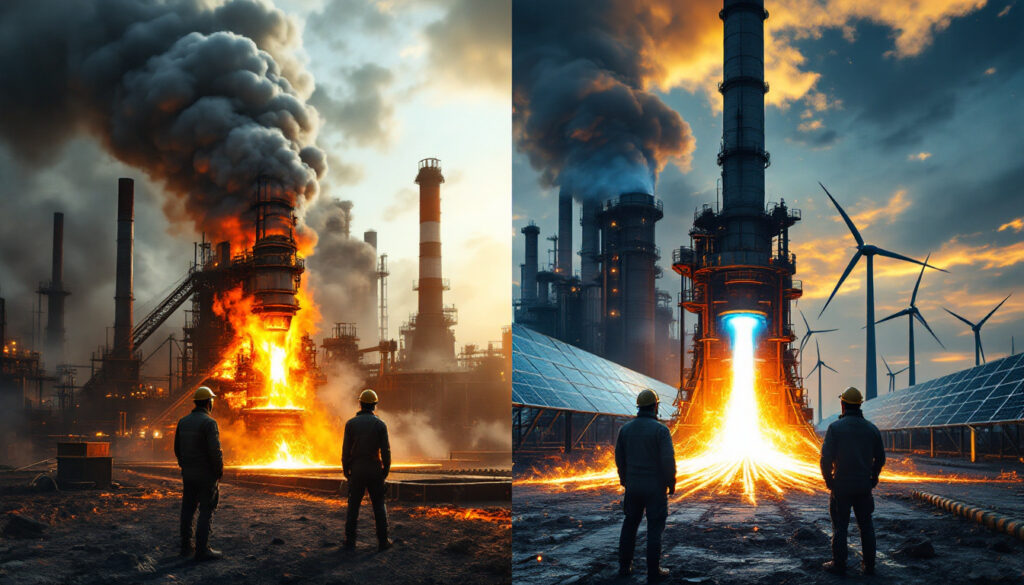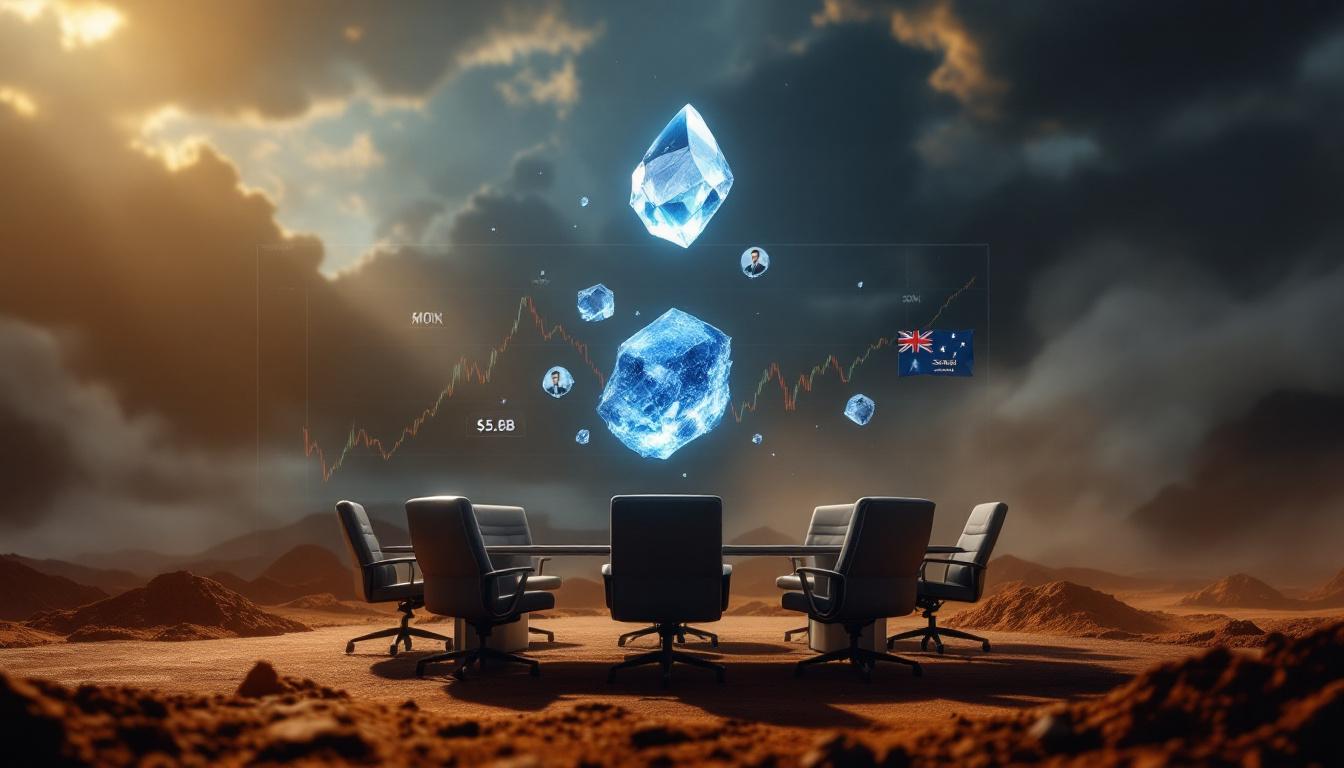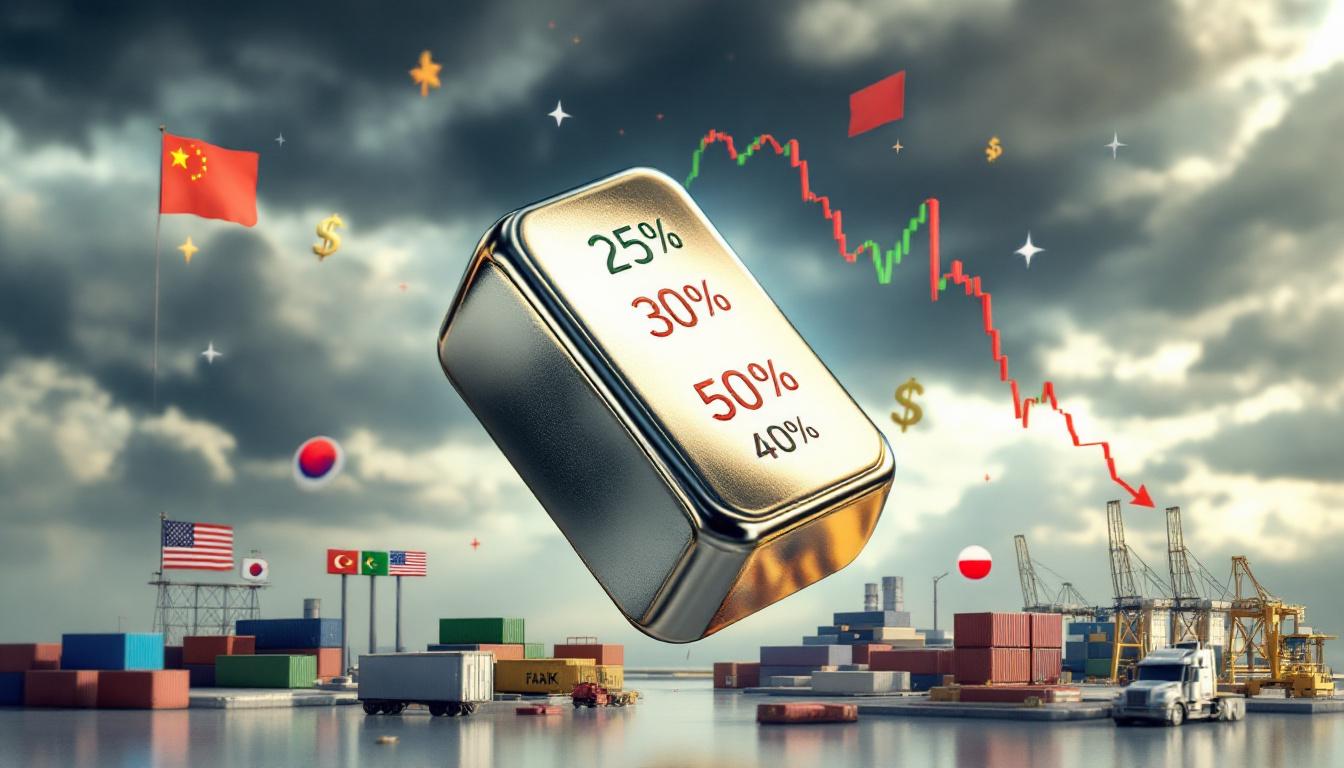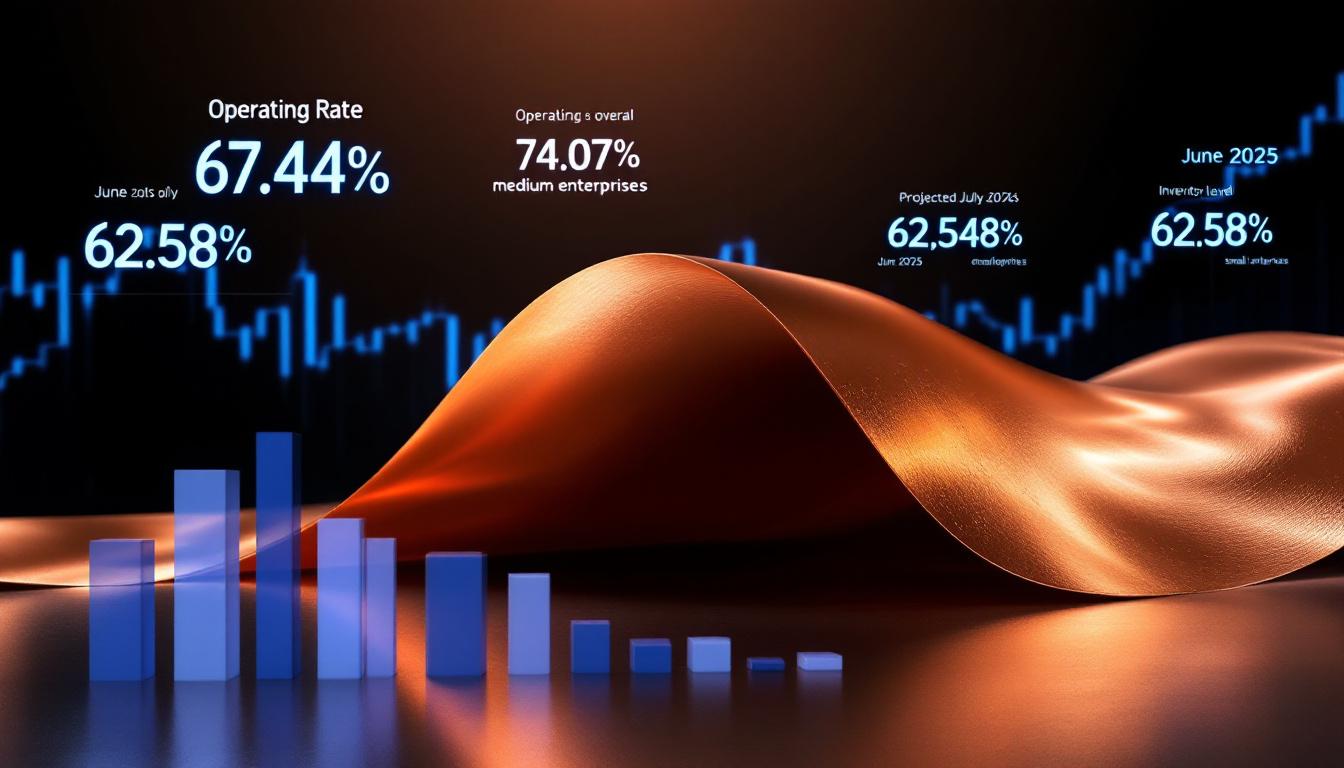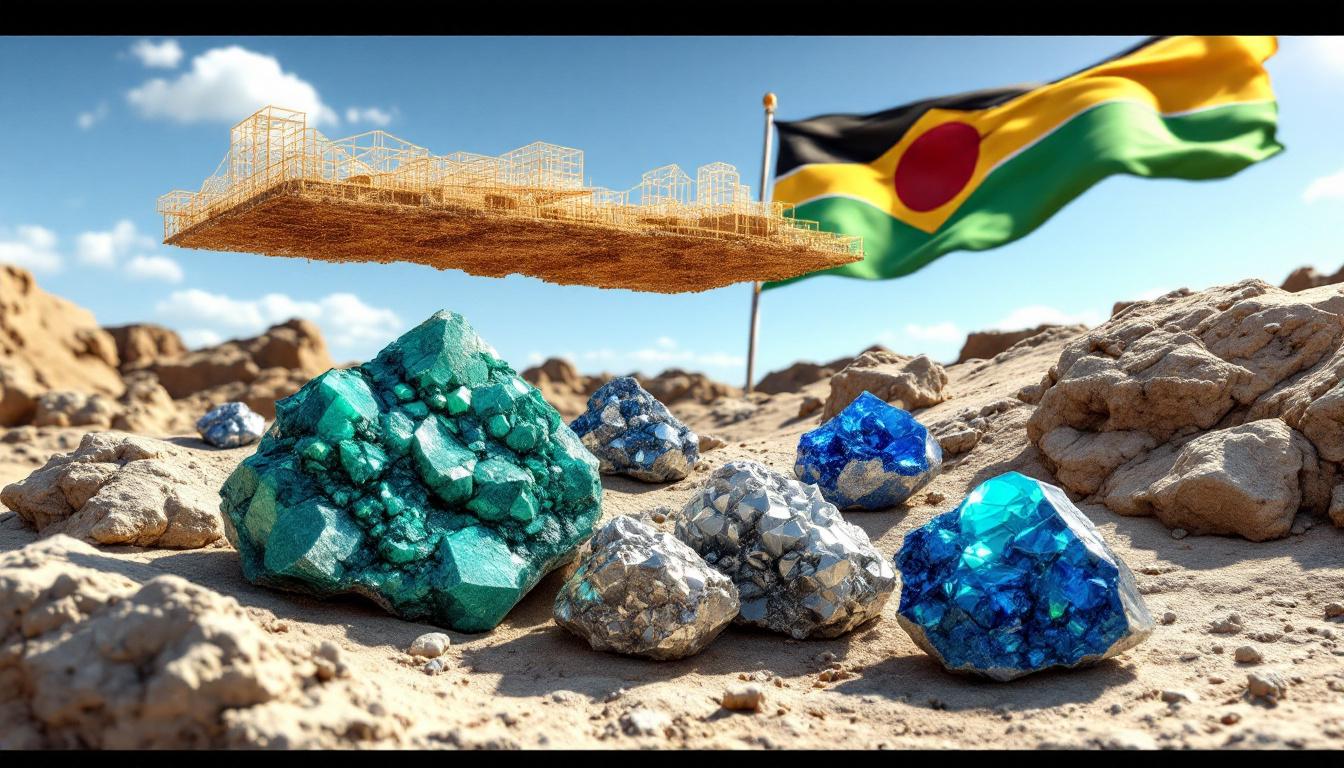The Rush Toward Steel Sector Decarbonization in Europe: Flats Versus Longs
European steel manufacturers are facing unprecedented pressure to decarbonize operations as climate targets tighten and consumer demand for greener products grows. This transformation reveals a striking disparity between flat and long steel products, with technological, economic, and market factors creating dramatically different decarbonization pathways. With steel contributing approximately 7% of global CO₂ emissions, the industry stands at a pivotal crossroads that will reshape production methods across the continent.
Understanding Europe's Steel Decarbonization Challenge
The Scale of the Carbon Problem in Steel Production
The European steel industry accounts for approximately 5% of CO₂ emissions in the EU and 7% globally, making it a critical sector for climate action. The European Green Deal has established an ambitious target of net-zero emissions by 2050, placing enormous pressure on steelmakers to transform century-old production methods.
Conventional blast furnace-basic oxygen furnace (BF-BOF) steelmaking produces 2.0-2.2 tonnes of CO₂ per tonne of steel, representing one of the most carbon-intensive industrial processes. Currently, around 55% of European steel is produced via this carbon-intensive BF-BOF route, though the percentage varies dramatically between product types.
The remaining 45% uses the less carbon-intensive electric arc furnace (EAF) route, which is expected to rise to 57% by 2050 according to industry projections. However, this transition faces significant challenges due to limited scrap availability, as Europe's scrap pool grows only 1.2% annually according to Eurofer data.
Current Production Methods and Their Carbon Footprints
The production methods for long and flat steel products in Europe reveal a stark carbon divide. Approximately 79% of carbon steel long products (rebar, wire rod, sections) are produced via EAF technology, which typically has a significantly lower carbon footprint due to its reliance on scrap metal rather than iron ore.
In stark contrast, 96% of flat products (coil, plate, sheet) are produced using the carbon-intensive BF-BOF route. This dramatic difference explains why flat steel producers face much steeper decarbonization challenges than their long product counterparts.
Direct reduced iron (DRI) technology offers promising pathways for emissions reduction. Coal-based DRI reduces CO₂ emissions by approximately 38% compared to traditional BF-BOF methods. Natural gas and hydrogen/carbon monoxide DRI offers even greater improvements, reducing emissions by around 61%.
The most promising frontier is pure hydrogen-based production, which can reduce emissions by up to 97% when powered by renewable energy. However, this technology requires 3.5-4.0 MWh/tonne of energy compared to just 0.8 MWh/tonne for scrap-based EAF, creating significant cost challenges.
How Are European Steelmakers Responding to Decarbonization Pressures?
Major Green Steel Initiatives and Investments
European steelmakers are launching proprietary low-carbon steel brands to differentiate their products and capture emerging green premiums. These include ArcelorMittal's XCarb, Celsa's Arvzero, SSAB Zero, Liberty Steel's Greentec, and Tata Steel's Bluemint, among others. Each represents different levels of carbon reduction, creating what industry insiders call "different shades of green."
Most flat-steel producers are investing heavily in transitioning from BF-BOF to electric arc furnaces and hydrogen-fuelled DRI modules. Collectively, flat steelmakers are investing approximately €30 billion in EAF and DRI technologies by 2030, according to Eurofer estimates. By comparison, the long steel sector lags with only about €5 billion pledged toward further emissions reductions.
EAF producers using renewable energy have achieved remarkable carbon reductions, with mills in Northern Europe reporting emissions as low as 0.2-0.4 tonnes of CO₂ per tonne of steel. This contrasts sharply with Polish EAF operations, which emit 0.75-0.8 tonnes CO₂ per tonne due to their reliance on coal-based electricity.
Despite these initiatives, investment in emissions reduction by long steel producers is progressing more slowly than in the flat steel sector. As one Southern European mill executive noted, "Green premiums for longs face resistance; customers see EAF as 'already green.'" This perception makes it difficult to justify additional investments.
A significant industry challenge remains the lack of a common standard for "green steel," with each producer developing proprietary metrics and certification schemes, creating market confusion.
The Emerging Green Steel Premium Structure
The nascent market for low-carbon steel reveals significant price differences between product categories. Green flat steel (defined as producing a maximum of 0.8 tonnes CO₂ per tonne) currently commands a premium of €150-200 per tonne above conventional products.
Mills are offering green flat steel at premiums of €200-300 despite limited current demand, highlighting their strategic focus on establishing early market positions. Meanwhile, "reduced carbon emissions" flat steel (producing 1.4-1.8 tonnes CO₂ per tonne) sees more modest premiums of €40-60.
The premium structure for long products tells a different story. Green long steel premiums range from just €20-30 per tonne in Northern Europe, where environmental consciousness is highest. Some leading EAF mills are charging modest premiums of $20-50 for ultra-low emissions steel (0.2-0.4 tonnes CO₂ per tonne).
As one mill source confirmed, "Customers typically negotiate premiums to the lower end of offers, often insufficient to cover production costs." This pricing pressure reveals the market's hesitancy to fully value decarbonization efforts, particularly for long products.
What's Driving the Differences Between Flat and Long Steel Decarbonization?
The Flat Steel Sector Challenge
The flat steel sector faces a tremendous decarbonization challenge, with 96% of production currently using the carbon-intensive BF-BOF route. This high percentage means flat steel producers must undertake major transition costs to convert to greener production methods, with typical plant conversions costing €1-2 billion.
Flat products require higher purity iron inputs, limiting scrap use to approximately 30% in EAFs compared to up to 100% for long products. This metallurgical constraint forces flat producers to develop more complex decarbonization strategies, including hydrogen-based DRI technologies.
As an industry analyst explained, "Flats require hydrogen-DRI to decarbonize, but hydrogen costs remain prohibitive." Current hydrogen-DRI production costs are approximately €800 per tonne compared to €600 per tonne for traditional BF-BOF methods.
Mills are offering various gradations of "green" flat steel with varying emission reductions, but high production costs limit their ability to discount these products despite relatively slow market demand. This has created a challenging market environment where premiums for fully green flat steel remain significantly higher than for long products.
The Long Steel Sector Advantage
The long steel sector enjoys a significant head start in decarbonization efforts, already using the less carbon-intensive EAF production method for 79% of total output. This existing technological advantage explains why long product manufacturers face less pressure to make dramatic production changes.
Paradoxically, this advantage has created market resistance among customers who are reluctant to pay premiums for what was previously considered standard production. "Customers resist paying for something that was never a problem to begin with," notes one Northern European rebar producer.
Nevertheless, stricter criteria are emerging that push for maximum emissions of 0.5 tonnes CO₂ per tonne for EAF-produced steel, creating new challenges even for existing EAF producers. This is particularly problematic in regions like Poland, where coal-based electricity generation limits the emission reduction potential of electric steelmaking.
Investments in further emissions reductions for long products are progressing more slowly than in the flat sector, partly due to thinner margins and less customer willingness to pay green premiums. This creates a risk that long product manufacturers could fall behind the broader industry decarbonization trend.
Where is Green Steel Demand Developing in Europe?
Regional Variations in Green Steel Adoption
Green steel demand shows significant regional variations across Europe, with Northern European countries, particularly Scandinavia, demonstrating the strongest appetite for low-carbon products. This regional disparity reflects broader differences in environmental consciousness and regulatory frameworks.
Southern European markets show considerably less willingness to pay green premiums, with manufacturers reporting minimal interest in green steel certifications. This north-south divide threatens to create a two-tiered European steel market.
The construction and automotive industries in Northern Europe have emerged as key consumers of green steel products. Germany's automotive sector, in particular, is increasingly incorporating carbon footprint requirements into supplier contracts, though BMW's green steel quota reportedly remains limited to around 10% of total purchases.
Public procurement policies are driving significant demand in Nordic countries, with government requirements for green steel in public infrastructure projects creating reliable market pull. Norway's carbon tax, for instance, creates stronger incentives than Germany's hydrogen subsidies, resulting in different regional adoption rates.
Market Acceptance of Green Premiums
Demand for green steel is growing slowly across Europe due to high premiums and the current lack of comprehensive regulation requiring low-carbon materials. As one German buyer noted, "Public procurement policies in Scandinavia are critical for green steel demand," highlighting the importance of government action in market development.
Customers typically negotiate green premiums to the lower end of the offer range, with many mills reporting that current premiums are often insufficient to cover the investments and additional production costs associated with low-carbon steelmaking.
Market acceptance shows better development in regions with stronger environmental culture, particularly in Denmark, Sweden, and Norway. The introduction of public procurement policies requiring low-carbon materials for government projects has proven critical for market development, suggesting that regulatory frameworks may be necessary to accelerate adoption.
H2 Green Steel's Boden plant in Sweden represents a pioneering example, targeting 5 million tonnes of ultra-low-carbon steel (0.1 tonnes CO₂ per tonne) by 2030 using locally available hydropower, demonstrating how favorable geographic conditions can accelerate the transition.
What Does the Future Hold for European Steel Decarbonization?
Regulatory and Market Pressures
The EU Emissions Trading System (ETS) is steadily increasing carbon costs, with prices projected to reach €120 per tonne by 2030 according to industry forecasts. This rising carbon price will make traditional BF-BOF production increasingly uneconomical, accelerating the transition to greener technologies.
Industry standards are evolving rapidly, with a push for stricter emission standards for EAF production (targeting 0.5 tonnes CO₂ per tonne). This creates new challenges even for producers who have already adopted electric steelmaking technologies.
Renewable energy access has become critical for achieving ultra-low emissions targets, particularly for EAF producers. As one EU policymaker warned, "Without carbon border taxes, imports will undermine local green steel efforts," highlighting the importance of trade policy in supporting decarbonising steel industry partnership.
Government procurement policies are likely to expand across Europe, following the successful model established in Nordic countries. However, the industry still lacks a standardized green steel definition and certification system, creating market confusion and hampering broader adoption.
Technological Pathways to Lower Emissions
Hydrogen-based DRI is emerging as the key technology for near-zero emissions steel production, offering reductions of up to 97% compared to conventional methods. SSAB's HYBRIT pilot in Sweden successfully produced fossil-free steel via hydrogen-DRI in 2024, demonstrating the technology's viability.
Renewable energy adoption has become critical for EAF producers seeking to reduce their carbon footprint. Clean energy investments enable emissions as low as 0.2-0.4 tonnes CO₂ per tonne, but require significant grid investments. Interestingly, nuclear energy is gaining renewed attention, with small modular reactors (SMRs) potentially providing 24/7 clean power for EAFs by 2035.
The industry is witnessing a transition from coal-based DRI to hydrogen-based methods, but faces challenges in hydrogen production scale-up. The EU plans 50GW of hydrogen capacity by 2030, yet only approximately 20% is allocated to steel production according to Hydrogen Europe.
Circular economy models and increased scrap utilization are growing in importance, exemplified by initiatives like Salzgitter's circular steel program. However, Europe's relatively slow scrap growth of 1.2% annually creates limitations for EAF expansion, necessitating primary iron production even in the long term.
The rush toward steel sector decarbonization in Europe is being further accelerated by innovative green transformation innovations and developments in the global commodities market insights that are reshaping industry economics. Additionally, steelmakers are closely monitoring iron ore market strategies as a key input in their decarbonization planning.
FAQ: European Steel Decarbonization
What is considered "green steel" in Europe?
Green flat steel is defined as steel produced with Scope 1, 2 & 3 emissions at a maximum of 0.8 tonne of CO₂ per tonne of steel, while for EAF-produced steel, the new standard is pushing toward 0.5 tonne of CO₂ per tonne. However, no universally accepted industry standard exists, with different manufacturers using proprietary definitions and certification schemes.
How much more expensive is green steel compared to conventional steel?
Green flat steel commands premiums of €150-200 per tonne, while reduced carbon emissions flat steel (1.4-1.8 tonnes CO₂/tonne) sees premiums of €40-60 per tonne. For long products, green steel premiums range from €20-30 per tonne in Northern Europe. Ultra-low emission EAF products (0.2-0.4 tonnes CO₂/tonne) typically charge $20-50 premiums.
Which regions in Europe are most receptive to green steel?
Northern European countries, particularly Scandinavia, show the strongest demand for green steel, driven by stronger environmental culture and government procurement policies requiring low-carbon materials in public projects. Southern European markets demonstrate considerably less willingness to pay green premiums, creating a significant north-south divide in adoption rates.
Interested in Investing in Companies Leading the Green Steel Transition?
Discover which ASX-listed companies are positioned to benefit from Europe's steel decarbonisation trends with Discovery Alert's proprietary Discovery IQ model, which identifies significant opportunities in the evolving resources sector. Visit the Discovery Alert discoveries page to explore how similar resource transitions have created substantial returns for early investors.
